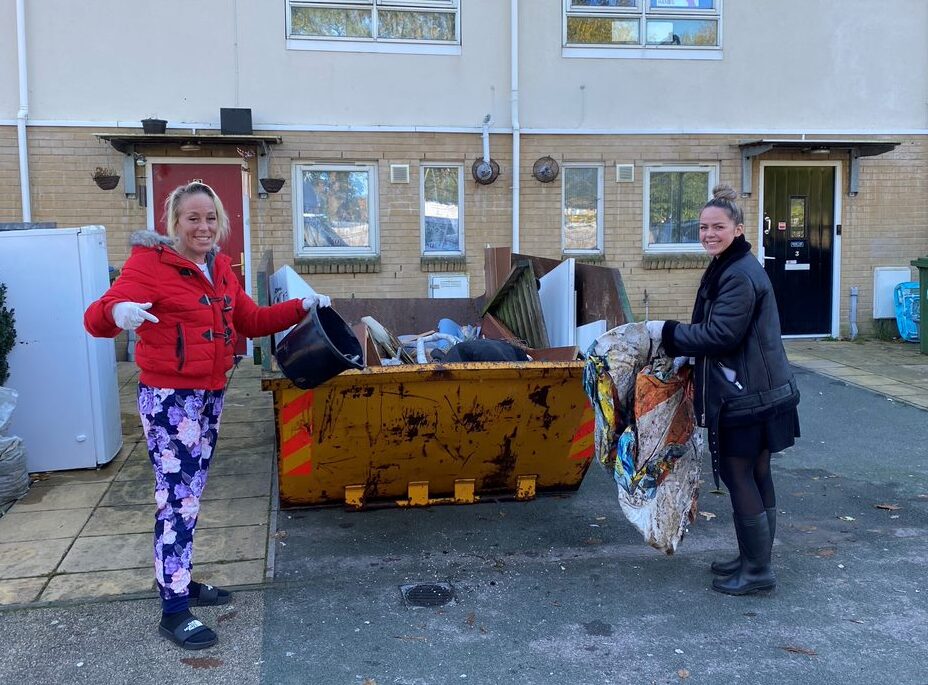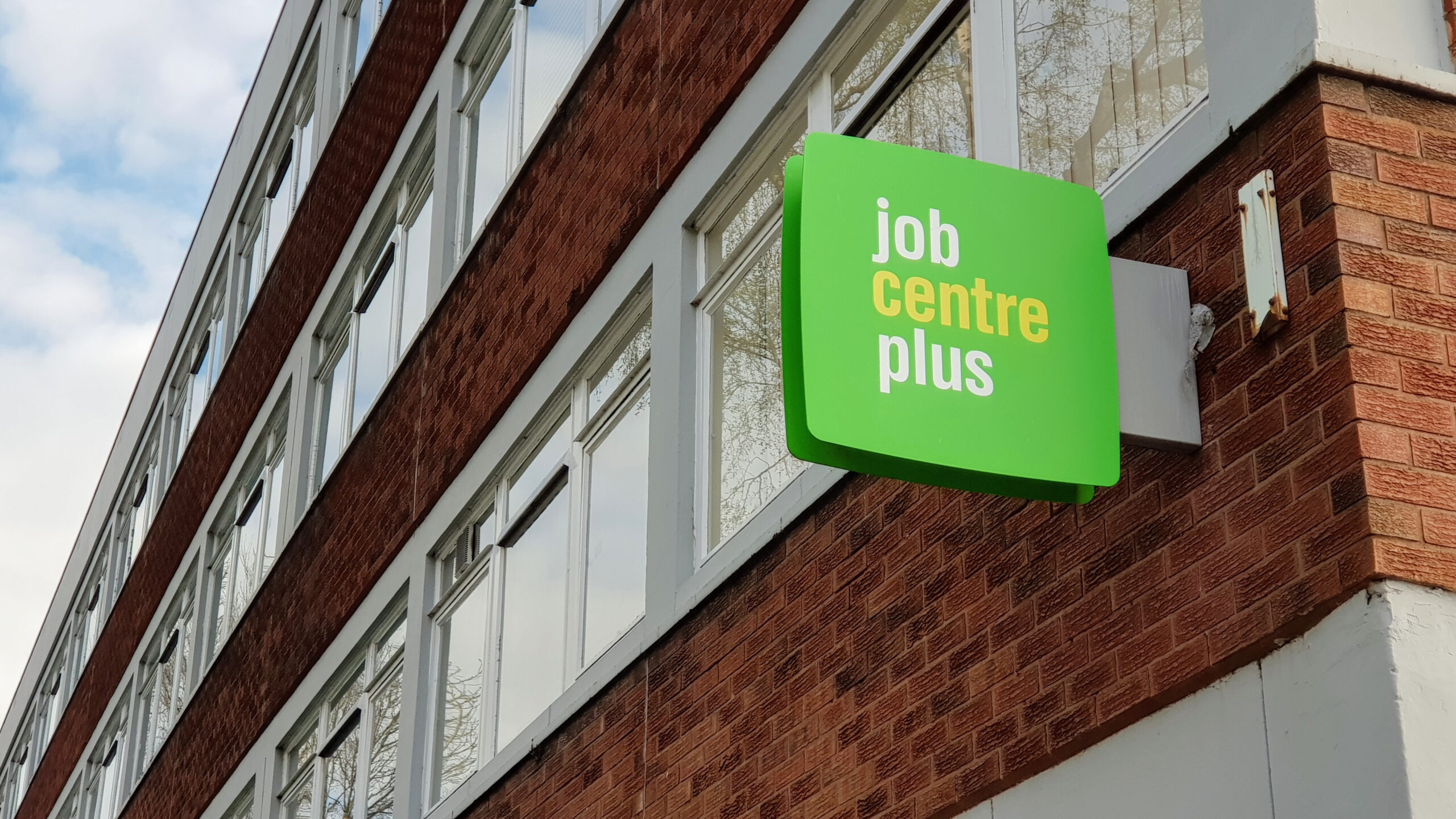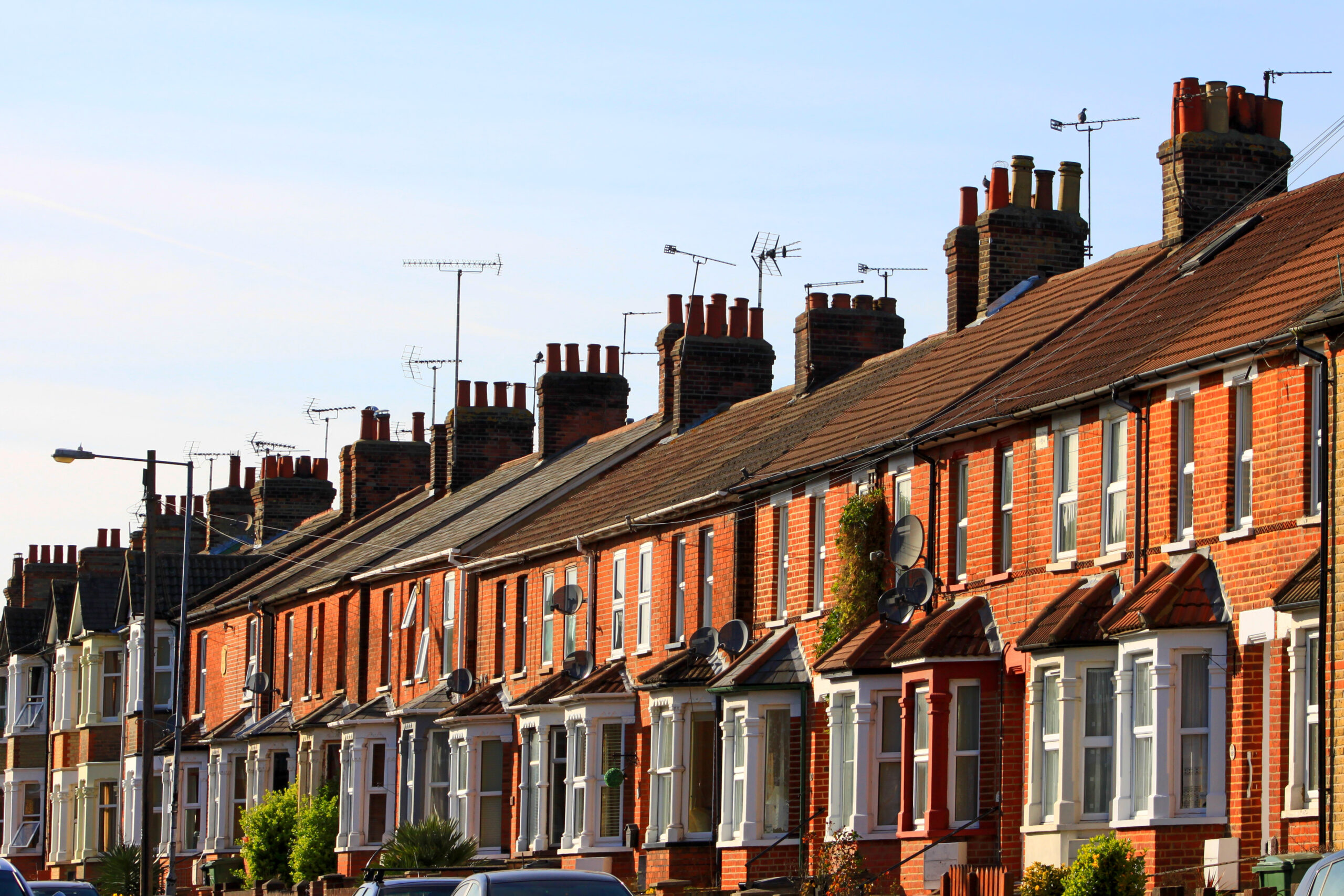Since 2018 residents of public housing in the US have been banned from smoking in their own homes.
The Department of Housing and Urban Development (HUD) brought in the policy with 18 months for managers to comply fully. Public housing authorities must ban the use of combustible smoking products in the home and anywhere within 25 yards of the premises, but how the rules are implemented is broadly left to PHAs’ discretion. Penalties for residents smoking can include fines and eviction from the home.
Now a series of research projects has looked at the practical effects as well as the ethics of the policy.
Firstly on the ethical dimension, researchers Goldberg and Levy said the issue is to weigh up the balance of allowing people autonomy versus the public harm of smoking. In the US, smoking is, of course, legal for adults, but there are various restrictions on smoking in public places. The policy brought in by HUD goes far beyond that in removing people’s right to smoke in their own home. That said, the ban does not apply to tobacco substitutes such as gum and only applies to combustible materials in multi-home blocks, so it contains an element of fire prevention as well as individual health.
Freedom from secondhand smoke is another important element. The researchers point out that many people living in public housing are particularly vulnerable to health harm from this, as they have pre-existing health conditions such as asthma.
Weighed against this is potential unfairness, as only HUD public housing is affected. Housing funded by individual states and market housing isn’t subject to the ban. In addition, the measure disproportionately affects people living in poverty, and Black communities. Almost half of all public housing households are non-Hispanic Black, compared with 19% of all tenants in rented housing. Smoking is much more prevalent in public housing than in the population generally.
The researchers found that enforcement is a vital element of the policy, so that it’s seen to be properly and fairly applied. They note that “implementation measures such as providing tobacco treatment (counselling, medication), resident and community engagement, and effective communication strategies on impending policies and subsequent enforcement have been absent from existing efforts” but are needed for the policy to have success.
Their conclusion is that the benefits of a smoke-free environment strongly outweigh the encroachment on freedoms involved. In fact, they say, the policy should be extended to all multi-home housing.

Ellen Childs and colleagues looked at how PHAs that had voluntarily brought in smoke-free policies before the overall ban went about it. The great majority of those in the study had incorporated the rule into the tenancy agreement. In contrast to Goldberg and Levy’s findings, most engaged with residents beforehand and held information sessions, surveys, etc. Almost three quarters offered residents help and support to reduce or quit smoking, with about 40% calling on the services of external experts.
Enforcement activity included issuing violation notices and talking with residents about violations, and sometimes issuing fines. Going to court or starting eviction proceedings was a rarity. Childs and colleagues said: “PHA staff recognised the importance of being flexible and supportive of residents throughout the implementation process. [They] understood that it is difficult to quit smoking and worked proactively with residents to support their adherence.”
Turning to the practical health effects, a series of research projects has considered housing projects in different cities. Elle Anastasiou and colleagues measured secondhand smoke exposure over three years in New York from just before the ban came into force. They compared the exposure of non-smoking households in public and privately-managed housing blocks and found that nicotine concentration in communal hallways in the public blocks fell more quickly than in the private ones where there was no ban.
A further concern has been that smoking bans could lead to higher turnover in public housing as people who did not want to be subject to it would move out. Researchers from Massachusetts studied HUD housing projects where smoking bans had been introduced piecemeal in the years before the overall policy was adopted.
David Cheng and colleagues found there was minimal effect on the overall turnover rate in public housing. However, there were differences among ethnic groups and age groups. Younger households were less affected whereas older households showed a faster rate of turnover. In addition, Hispanic households were less likely to move out under a smoke-free policy, but Native American households were more likely to move. The research could not identify, however, whether the smoking policy was the cause of moves in individual cases.
The health benefits of stopping smoking and having a smoke-free environment are well documented. But as Goldberg and Levy noted, engagement and treatment haven’t always been available in line with the HUD policy. Smoking remains concentrated among disadvantaged communities. In Baltimore, researchers reported on a study using peer group interventions to help reach and support people in vulnerable groups, including public housing residents.
Former smokers were recruited and trained to act as mentors to people living in the same public housing complex who wanted to stop. Almost all of those taking part were African American. The study found that overall, participants reduced their smoking and some stopped altogether. More people quit smoking than in a control group. The researchers believe that having the mentors living in the same place, where they might meet people on the programme often, was important to its success.
Not Just Public Housing: An Ethical Analysis of Expanding Smoke-free Housing Policies in the United States, Sydney L. Goldberg, MBE and Douglas E. Levy, PhD. Public Health Reports
http://tinyurl.com/r9m4w9vk
Assessing Smoke-Free Housing Implementation Approaches to Inform Best Practices: A National Survey of Early-Adopting Public Housing Authorities, Ellen Childs and colleagues, International Journal of Environmental Research and Public Health
https://www.mdpi.com/1660-4601/19/7/3854
Long-Term Trends in Secondhand Smoke Exposure in High-Rise Housing Serving Low-Income Residents in New York City: Three-Year Evaluation of a Federal Smoking Ban in Public Housing, 2018–2021, Elle Anastasiou and colleagues, Nicotine and Tobacco Research
https://academic.oup.com/ntr/article/25/1/164/6679269
Smoke-Free Policies and Resident Turnover: An Evaluation in Massachusetts Public Housing From 2009-2018, David Cheng and colleagues , American Journal of Preventive Medicine
http://tinyurl.com/y35f2dw8
Peer mentoring for smoking cessation in public housing: A mixed-methods study, Jummai Apata and colleagues, Frontiers in Public Health
http://tinyurl.com/4vj5urap





















